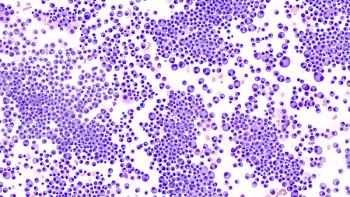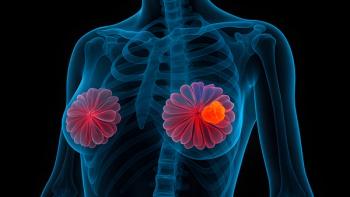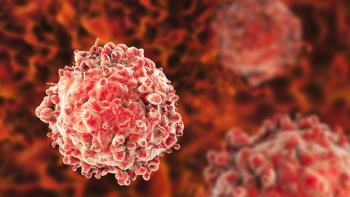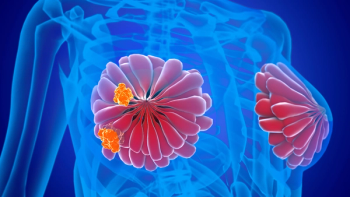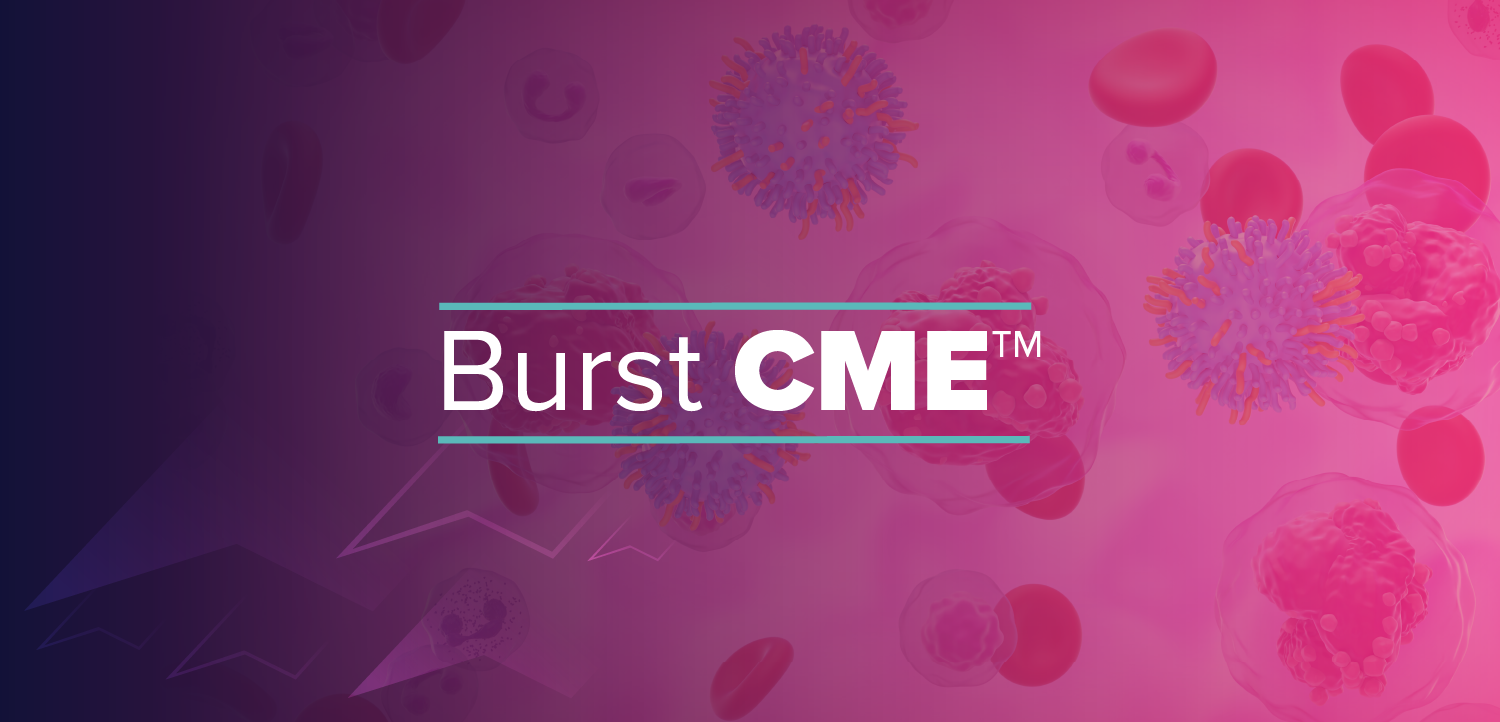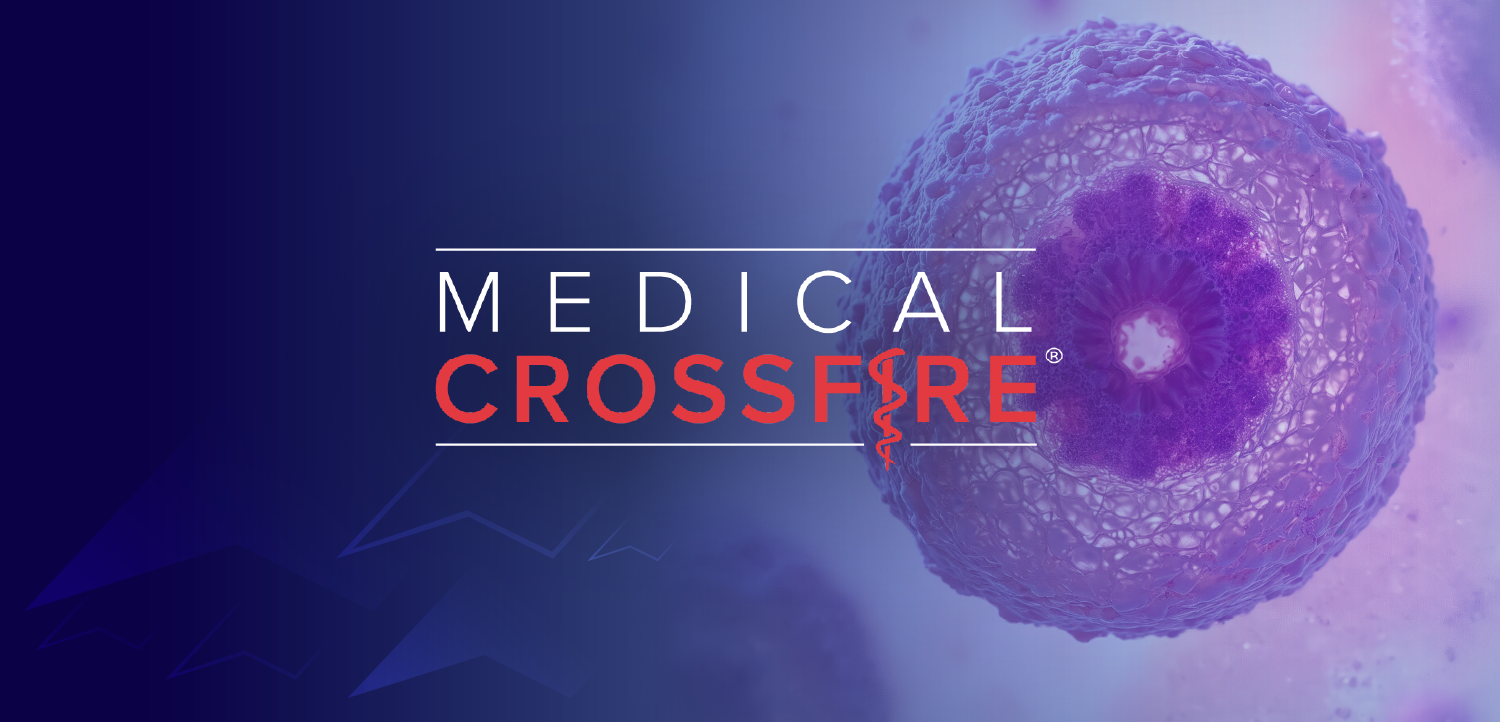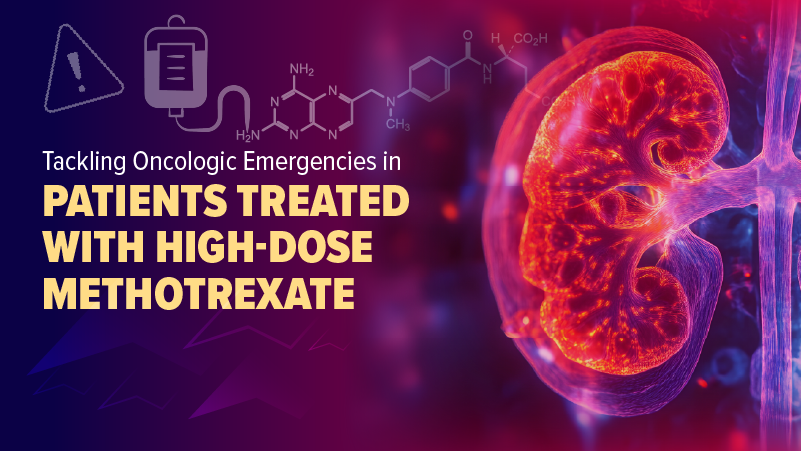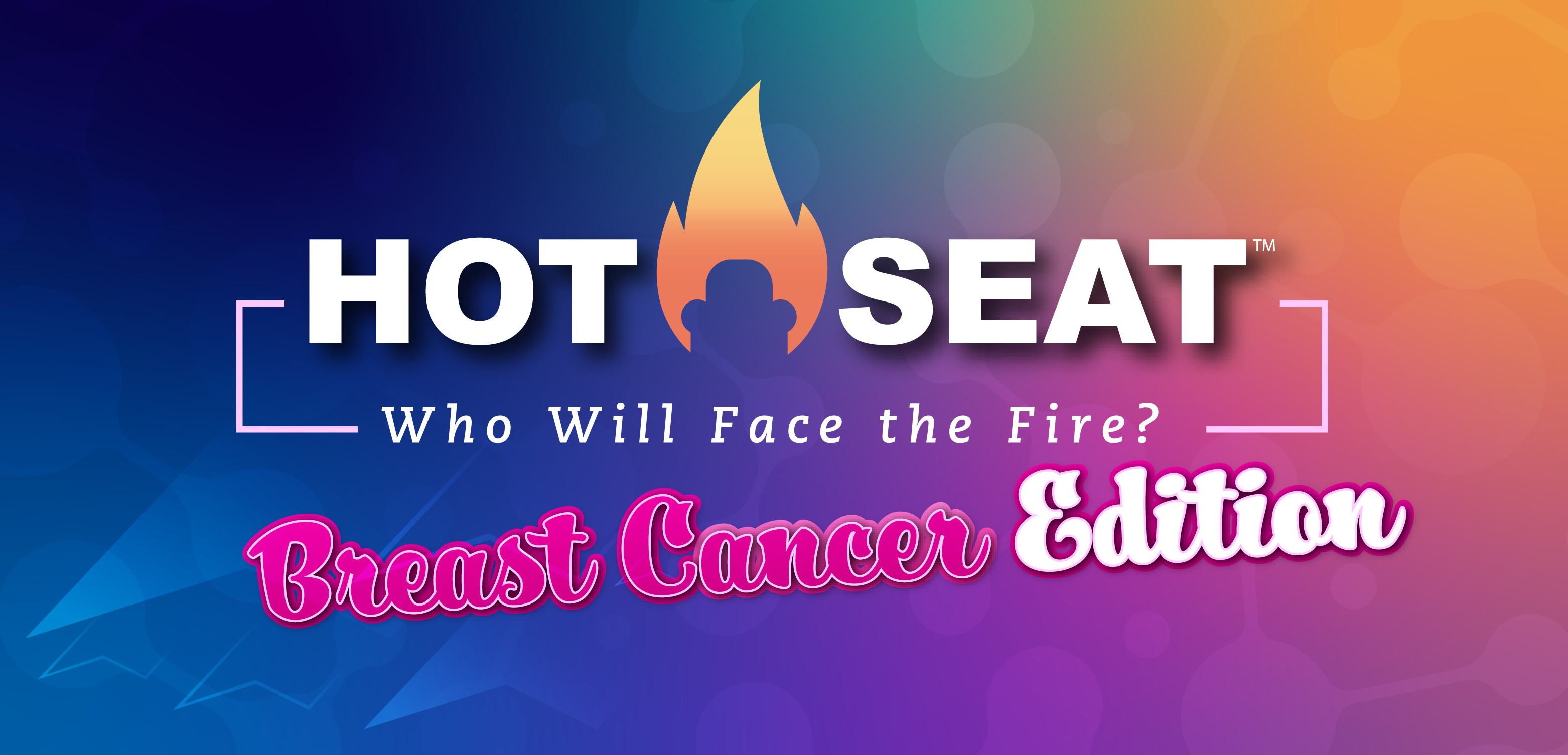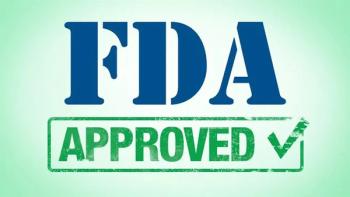
Investigators Say HPV Vaccination Rates Are Suboptimal
An estimated 54.5% of adolescents in the United States have received the recommended doses of the HPV vaccine, although the government established a goal of an 80% vaccination rate in this population.
Not enough Americans seem aware that the human papillomavirus (HPV) can cause certain types of cancer, according to findings from a retrospective study presented during the AACR Annual Meeting 2023.1
“Over 90% of HPV-associated cancers could be prevented with HPV vaccination, yet vaccine uptake remains suboptimal,” the study’s lead author, Eric Adjei Boakye, PhD, assistant scientist in the Department of Health Sciences and the Department of Otolaryngology at Henry Ford Health in Detroit, Michigan, said in a news release.
An estimated 54.5% of adolescents in the United States have received the recommended doses of the HPV vaccine, though the government established a goal of an 80% vaccination rate in this population.
Further, Boakye and his team analyzed data from the Health Information National Trends (HINTS) survey between 2014 and 2020, a nationally representative survey of adults across the U.S. A total of 2,239 individuals were surveyed in 2014 and 2,340 were surveyed in 2020.
Survey respondents were asked: “Do you think HPV can cause anal, cervical, oral, penile cancers?” Responses were “yes,” “no,” and “not sure.”
In 2014, 77.6% of respondents reported that they were aware that HPV caused cervical cancer, though that number decreased to 70.2% in 2020. Awareness of the HPV-cancer correlation remained low for the other disease states. Although the differences were not statistically significant, there was a numerical decrease in the percentage of patients aware of the HPV-cancer correlation between the 2 time points.
- Awareness of the link between HPV and anal cancer fell from 27.9% to 27.4%
- Oral cancer awareness fell from 31.2% to 29.5%
- Penile cancer awareness fell from 30.3% to 28.4%
“Given the connections between HPV-associated cancer awareness and HPV vaccination uptake, it is important we increase the population’s awareness of this link, as it may help increase vaccine uptake,” Boakye said.
The first HPV vaccine, Gardasil, was initially approved by the Food and Drug Administration (FDA) in 2006 for females between the ages of 9 and 26.
“The talk about HPV was very female-centric when the vaccine was first approved and recommended. As a result, a lot of people know about HPV-causing cervical cancer, but not the other cancers. Our results suggest that interventions to increase awareness of all HPV-associated cancers would benefit public health,” Boakye said.
Three years later, in 2009, the FDA expanded Gardasil’s approval to include boys and men, since HPV was also associated with anal, oral, and penile cancers.
Boakye said that it is essential for health care providers to be trained in promoting and administering the vaccine. Additionally, clinicians and public health officials need to work together to improve awareness about the importance of the vaccine — including the fact that it can prevent more than 90% of HPV-associated cancer cases.
“Research has shown a high degree of public trust in HPV information when received from health care providers; therefore, providers should use every clinical visit as an opportunity to educate patients about the causal link between HPV and HPV-associated cancers, and also about the cancer prevention benefits of the HPV vaccine,” Adjei Boakye said.
Reference
Boakye EA, Nair M, Domgue JF, et al. Over 10 years since HPV vaccine approval, awareness of the causal link between HPV and HPV-associated cancers remains low in the US. Presented at: 2023 AACR Annual Meeting; April 14-19, 2023; Abstract 4210
Newsletter
Knowledge is power. Don’t miss the most recent breakthroughs in cancer care.

